The views expressed in our content reflect individual perspectives and do not represent the authoritative views of the Baha'i Faith.
Ancient Near-Eastern cultures held a characteristic set of beliefs about the human soul and the life beyond the grave. All of them distinguished between the ‘flesh’—the human body, and the ‘breath’—the animating life force. In Hebrew, the body was called bāsār (related to Arabic bašar, ‘man’), and the ‘breath’ nefeš (compare to the Arabic nafs).
The Hebrew word nefeš, literally meaning ‘breath,’ is the word most often translated as ‘soul’ in the Bible. The human nefeš or ‘breath’ had a psychological dimension, a person’s emotions and thoughts, her ego or self. When the Hebrew Bible was translated into Greek, the translators rendered this word as psyche.
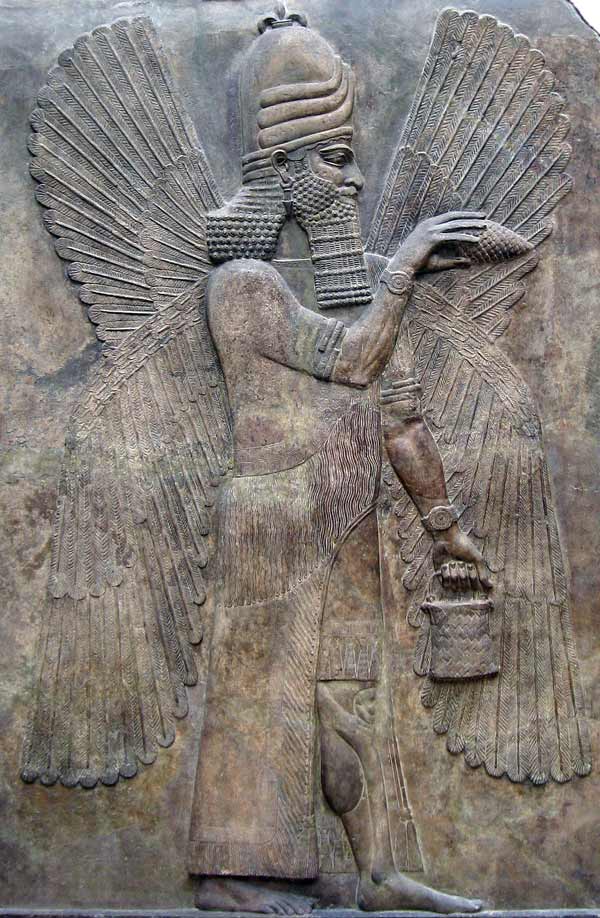
Depiction of the God Marduk
The ‘breath’ was also associated with the blood. In the Babylonian creation myths, the god Marduk formed humans of a mixture of clay, spittle, and the blood of a slain rebellious god. Regarding both humans and animals, the Bible states, “the breath (or ‘soul’) of the flesh is in the blood” (Leviticus 17:11). In line with this, the spilled blood of a murdered person itself cried out for vengeance (Genesis 4:10). John of Patmos witnessed the souls (i.e. ‘blood’) of the martyrs under a heavenly altar. – Revelation 6:9-10.
In ancient Mesopotamian and Near-Eastern thought, at death a person’s ‘breath’ departed from the body but did not simply dissipate into the air—in Leviticus, the Bible speaks of “deceased souls” or “souls of the dead.” Although maintaining some connection with the body, it would eventually take up residence in the netherworld, described in the Bible as Sheol or ‘land of depths.’
The ancients understood the netherworld as a washed-out shadow of this world. There the disembodied ‘breath’ lived on indefinitely as a faded, insubstantial echo of its former self. Polytheist beliefs of the time considered this bleak liminal state as the final destiny of mortals. ‘Going to Heaven’ was out of the question. Only the gods enjoyed an eternal life that was actually worth living. The few humans granted immortality, like Utnapishtim in the Babylonian Epic of Gilgamesh, were the exceptions that proved the rule:
…in Akkadian texts, the abode of the dead is portrayed as a subterranean realm (erṣitu, ‘earth’), sometimes also located under the waters or in the W[est], and regarded as a city with gates. There too it is represented as a region of darkness… and the way thither admits of no return… Similarly, in the mythological poems from Ras Shamra Ugarit, the domain of death (Môt) lies under the earth, beneath the mountains…and it is described as a city… whose lord is obliged to feed on mud and to drink it ‘by the cupful and barrel-full’… – Interpreter’s Dictionary of the Bible, “Dead, Abode of the”, vol. 1, p. 787, The Abingdon Press 1962.
This common fate of humanity was not as democratic as it sounds—all were not equal in the netherworld. Despite the generally unenviable state of the departed, the souls of very powerful people in this life would retain some of their power and could affect the living. Known as rapaʾūma in the Ugaritic texts and as refāʾîm (‘rephaim’) in Hebrew, the Canaanites honored the departed souls of great heroes and rulers as second-tier gods, who received invocation and sacrifice.
Two distinct dynamics emerge from this very brief survey of ancient Semitic thinking on the afterlife and the soul: first, death was not the end of one’s existence, but was certainly no improvement on one’s mortal state; and second, some of the dead were worshiped, and their cult intertwined with the polytheistic beliefs of the ancients.
These beliefs formed part of the backdrop of the prophets’ message. As we have seen, God caused Samuel to appear from the ground and speak to King Saul, on the occasion of Saul’s visit to a pagan necromancer. Isaiah and Ezekiel present ghastly visions of the legions of the dead ‘rephaim’ ranged in the netherworld, welcoming the King of Babylon and Pharaoh of Egypt to their ranks (Isaiah 14:9-15, Ezekiel 32:17ff.). The netherworld was often described in terms of the physical grave, and was seen as somehow continuous with it, despite being located far below the world of the living, its mountains and oceans. Several Biblical passages place the netherworld, ‘Sheol,’ on the same footing as Earth and Heaven as distinct regions of God’s creation.—Deut. 32:22; Isaiah 7:11; Amos 9:2; Psalm 139:8; Job 11:8; Job 26:5-6.
Yet there is good reason to believe that the prophets did not speak in terms of this ancient worldview in order to perpetuate it, but to gradually wean the Israelites away from it and instill a new monotheistic concept of the soul’s relation to God.
The Yahwist creation account of Genesis names the two familiar components of man—the flesh, formed of dust, and the ‘soul’ or nefeš. However, they mention a third component of the human being—‘spirit’ (nešāmâ also known as rûaḥ):
And the Lord God formed man of the dust of the ground, and breathed into his nostrils the spirit (nešāmâ) of life; and man became a living soul.—Genesis 2:7; cf. Qur’an 32:7-9.
About 3,000 years later, a parallel concept appears in the Baha’i writings:
O Son of the Wondrous Vision! I have breathed within thee a breath of My own Spirit, that thou mayest be My lover. Why hast Thou forsaken Me and sought a beloved other than Me? – Baha’u’llah, The Hidden Words, p. 8.
According to this teaching, the human nefeš—the word mostly commonly translated ‘soul’ in the Bible—links the flesh, the animal nature, and the very breath or spirit of God. This divine Spirit is the source of humanity’s unique faculties and virtues. Although the Bible, like the Baha’i teachings, says that animals also have a spirit, it is never referred to as breathed directly from God.
The spirit (nešāmâ) of man is the lamp of the Lord, searching all the inward parts. – Proverbs 20:27, compare Revelation 4:5.
Occasionally, the Bible also describes the nefeš in almost bodily terms as the seat of appetites and passions. The Baha’i writings sometimes use the Arabic form of this word, nafs, in the sense of ‘ego’ or ‘insistent self’, whose promptings we must master by identifying with our true spiritual nature in the image of God.
By introducing this new concept of humanity’s spiritual link with the one God, the prophets pointed beyond the dreary fate awaiting man’s insubstantial ego in the Mesopotamian netherworld. In the next part of the series, we’ll look at how this radical new understanding of the soul affected the Israelites’ views on the life beyond.
Next: How Does the Soul Enter Heaven?







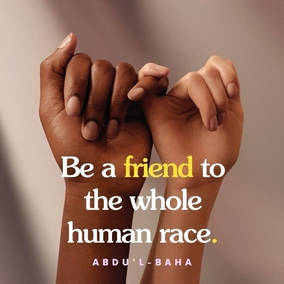

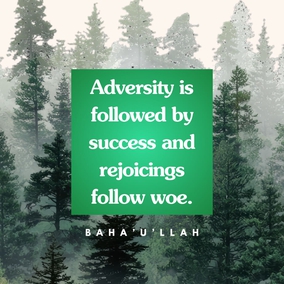



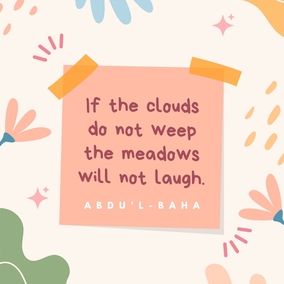
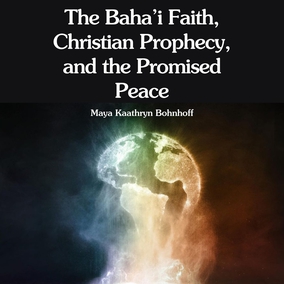

Comments
Sign in or create an account
Continue with Googleor